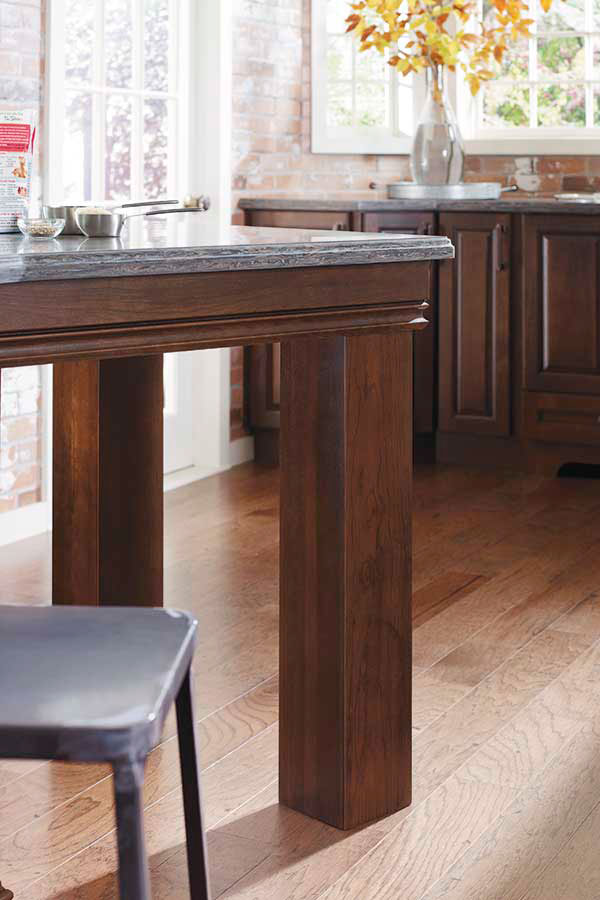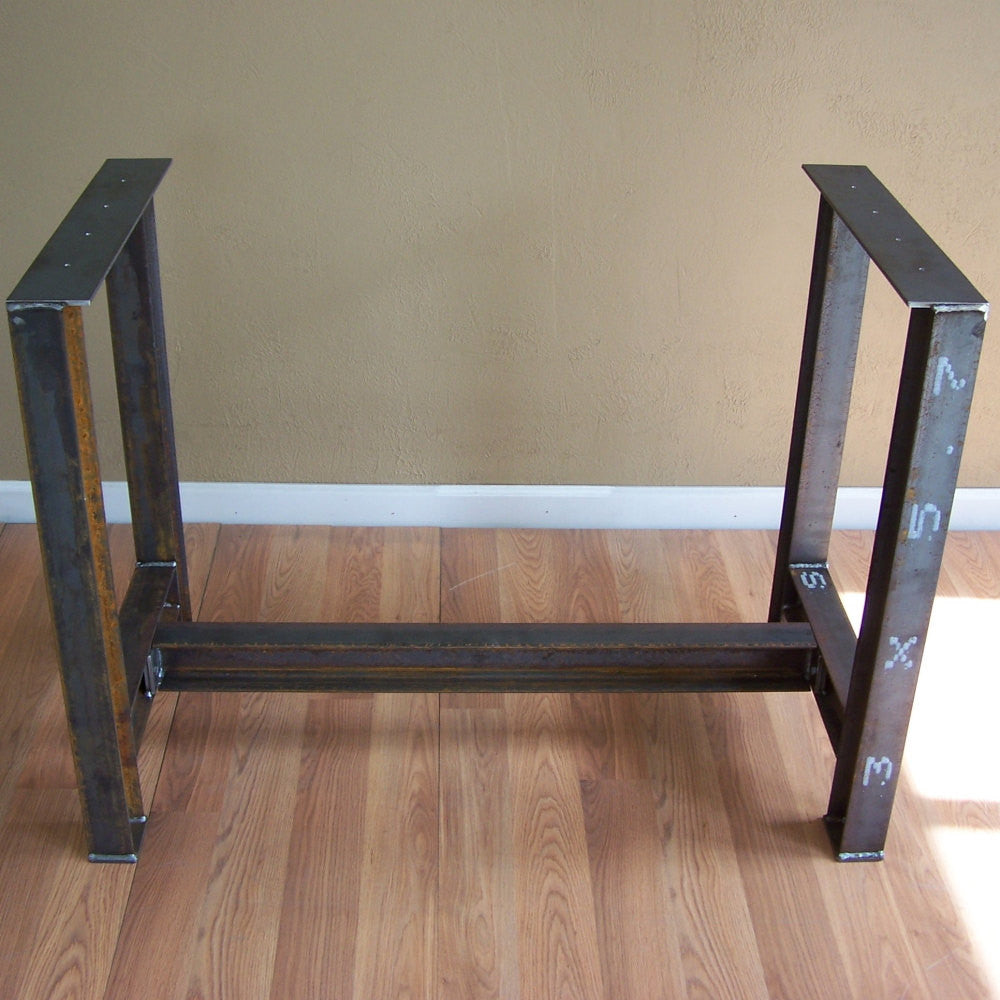Attain the Perfect Balance of Form and Function with Legs For Kitchen Island
Attain the Perfect Balance of Form and Function with Legs For Kitchen Island
Blog Article
Secret Considerations for Locating the Best Legs For Kitchen Island for Your Style
When choosing the ideal legs for your kitchen area island, numerous crucial considerations come into play that can considerably impact both performance and visual appeals. The option of material, elevation, and design must align with your overall kitchen style to make sure an unified look.
Determine Your Design Choice
When choosing the perfect legs for your kitchen island,Determining your style preference is crucial. The legs of your cooking area island not just offer a useful objective but additionally contribute significantly to the overall aesthetic of the room. Consequently, identifying your design style-- be it contemporary, rustic, standard, or industrial-- is essential.
For a modern kitchen, consider smooth, minimalistic legs that match open rooms and clean lines. Traditional kitchens typically favor turned or ornate legs, which can include a touch of sophistication and sophistication.
Additionally, think about the height and proportion of the legs in connection to the island's surface. This makes sure the visual balance and capability required for daily use. Assessing the existing components in your kitchen, such as cabinets and home appliances, can additionally direct your choice, guaranteeing cohesiveness in layout. Ultimately, your style preference will certainly affect not just the option of legs however likewise the total consistency of your kitchen's style.
Choose the Right Product
Choosing the appropriate product for your kitchen area island legs is essential in ensuring both durability and aesthetic appeal. Different products provide distinctive benefits, and the selection frequently shows your layout choices and functional needs.
Timber is a prominent selection, supplying heat and convenience. It can be discolored or painted to match your kitchen area decor, making it versatile to numerous designs, from rustic to modern. Nevertheless, wood might require normal maintenance to protect its look and stability.

If you look for an unique touch, think about acrylic or glass materials. They can develop an illusion of space and agility in your kitchen, making them an outstanding option for smaller sized locations - Legs For Kitchen Island. These options might call for careful handling and upkeep to stay clear of scrapes.
Inevitably, the material you select should align with your kitchen's overall layout, ensuring that the legs offer both functional and attractive functions.
Consider Elevation and Percentages
When creating a cooking area island, height and percentages play an essential duty in making sure capability and convenience. The typical height for a kitchen area island usually varies from 36 to 42 inches, lining up with traditional counter heights or bar heights, respectively. This measurement is vital for integrating with surrounding feceses and kitchen counters, allowing simplicity of use throughout dish preparation and social interactions.
Additionally, the island's percentages have to enhance the total kitchen area layout. A well-proportioned island needs to not bewilder the room; rather, it should create a well balanced visual. Take into consideration the proportion in between the island's width and length, guaranteeing it offers adequate surface area without crowding the cooking area. A basic standard is to keep a width of 24 to 48 inches, promoting movement and availability.
Moreover, the elevation of the legs or base can influence the aesthetic charm and functionality. Taller legs may lend a much more contemporary, ventilated feeling, while much shorter ones can stimulate a conventional, based look. Inevitably, meticulously taking into consideration height and proportions will lead to a kitchen island that is both aesthetically appealing and functionally effective, enhancing the overall style of the area.
Assess Stability and Toughness
A cooking area island's legs need to not only enhance its elevation and percentages yet likewise supply adequate stability and longevity to support everyday tasks. The legs are important to the overall functionality of the island, as they bear the weight of the counter top and any kind of added loads, such as appliances or food preparation jobs.
When analyzing security, it is crucial to think about the leg style and product. As an example, tough steel or strong wood legs often offer exceptional stamina compared to lighter materials like engineered wood or plastic. Additionally, a wider base can enhance security, lowering the threat of tottering or tipping throughout use.
Sturdiness is similarly essential; the legs ought to resist wear and tear from everyday usage. Take into consideration surfaces that secure against scratches, damages, and dampness, particularly in a kitchen area environment. Review the top quality of building, such as attachments and joints, which can substantially impact the legs' lasting efficiency.
Ultimately, purchasing well-crafted legs that prioritize security and toughness will guarantee your kitchen area island remains a reliable office for many years ahead, improving your culinary experiences while keeping aesthetic allure.
Element in Upkeep and Care
Maintenance and treatment are essential considerations for making certain the long life and performance of kitchen area island legs. When choosing legs, it is vital to examine the products utilized, as different options require varying degrees of maintenance. Wooden legs may call for periodic refinishing or sealing to stop moisture damage and scratches, while steel legs might need routine brightening to keep basics their shine and avoid corrosion.
Moreover, the surface used to the legs can affect upkeep needs. A high-gloss layer may be much easier to tidy but could show scratches and fingerprints extra conveniently than a matte finish. It is recommended to select products and coatings that enhance your lifestyle; for instance, if you often hold events, choose sturdy products that can hold up against wear and tear.
Furthermore, think about the cleansing procedure associated with preserving these legs. Smooth surface areas commonly call for next page very little initiative, while complex styles might collect dirt and crud, demanding even more labor-intensive cleansing techniques. Legs For Kitchen Island. Eventually, considering the upkeep and care required for your selected kitchen island legs will not only enhance their visual allure yet likewise ensure their functional integrity with time
Verdict
To conclude, picking the optimum legs for a kitchen area island necessitates mindful consideration of numerous elements, consisting of design style, material option, maintenance, elevation, and security. Each element plays an essential role in making certain that the legs not just enhance the visual charm of the kitchen however also give the needed support and longevity for daily use. An educated decision will inevitably add anchor to a useful and visually pleasing cooking area atmosphere.
The legs of your cooking area island not only offer a practical objective however additionally contribute substantially to the overall visual of the room.Maintenance and treatment are crucial factors to consider for guaranteeing the long life and performance of kitchen area island legs. Wood legs may call for periodic refinishing or sealing to protect against moisture damage and scrapes, while metal legs may require regular polishing to preserve their sparkle and avoid corrosion.
Inevitably, factoring in the maintenance and care needed for your picked kitchen island legs will not just boost their aesthetic charm however additionally ensure their functional stability over time.

Report this page